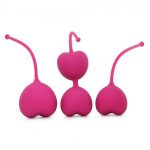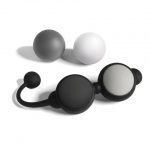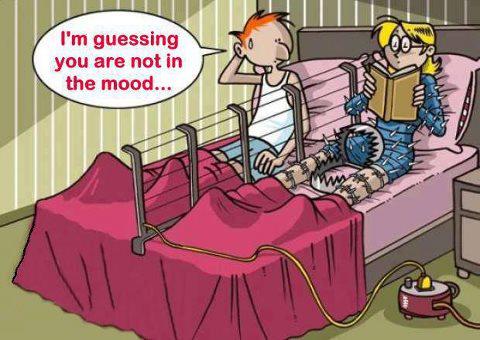Cunnilingus, the art of oral pleasure in relation to the female genitalia. Now if you were hoping for a how to, this is not that blog. Most of us enjoy a well crafted lick or two. Heck every so often we might even feel inspired to try a little something different. Before you run to the fridge and grab the whipped cream or the chocolate sauce, check out this quick list of do’s and dont’s.
Do’s
- When selecting flavored products designed for use in sexual scenarios, make sure that they are sugar free. Read the ingredients list before you buy them, take the time to taste them beforehand as well. #vaginatips
- Taste yourself: Every women has her own scent and taste. If you expect someone to enjoy it, you should know what you taste like. #vaginatips
- If you want to naturally change the flavor of your vagina, change your diet first. Try adding fruit to your lifestyle. Berries and citrus fruits can sweeten the fluids released by the mucousal lining. These fruits eaten just 2 hours before can make a palatable difference #vaginatips #pineapples
- Shower beforehand, and trim the hedges if that’s your thing. If you cut yourself though you may want to skip this episode of mouth to ‘mouth’ to avoid infection
Don’t
- Most kitchen items have no place between your sheets. Adding sugar, syrups or other food items to the vagina can lead to infection. Depending on how deeply they end up in the vagina if not properly cleaned the infection can lead to P.I.D. Your vagina may have lips but it does not like food. #vaginatips
- Please, please, please I can not say this enough don’t wash the inside of you vag. Douching is not an option, ever, never!#vaginatips
- Binge on sweets (unless its fruit), sugar in excess in the diet can actually cause the vagina to taste bitter.#vaginatips
- Heard a fresh minty mouth is great for all the feels? Well don’t dive right in, wait at least 15-20 minutes after brushing, flossing or mouthwash to reduce your risk of infection. #vaginatips






